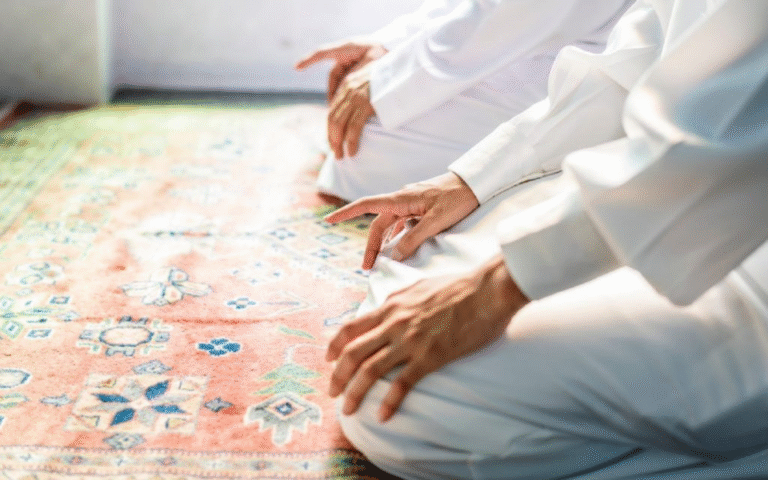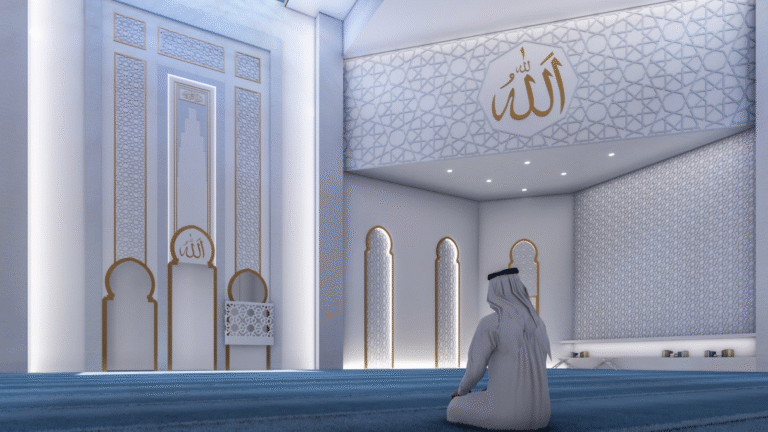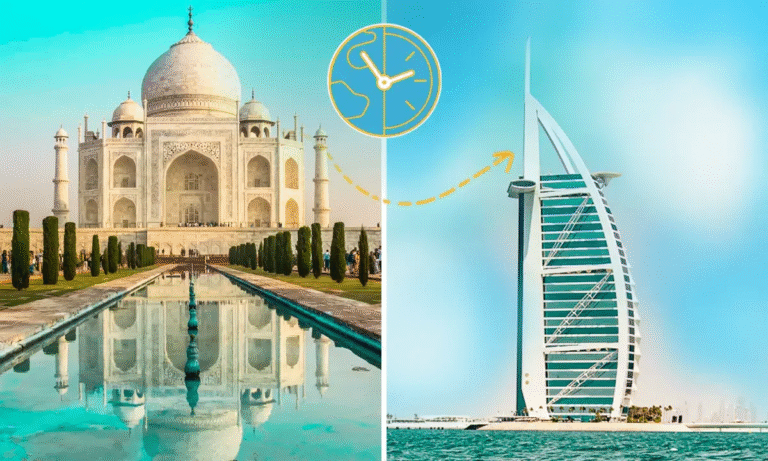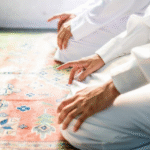The UAE is known for its rich traditions and roots, and the traditional dress represents the country’s rich heritage, international virtues, and cultural identity. Emirati men wear the kandura, a long, flowing white robe, and a ghutra (headscarf) that is held in place by an agal. It’s a stylish yet functional look that provides comfort in a desert climate. Women wear the abaya, a long, flowing black cloak with embroidery, over their clothes. And it is accompanied by the sheila, a headscarf worn in the sign of modesty and tradition.
These garments are inherent to UAE culture and are a symbol of dignity, respect, and national pride. Although there have been advancements, Emiratis still wear their traditional clothing on special occasions and as part of their daily lives, retaining their identity. Words and phrases used in the UAE national dress The UAE’s national dress is not just a clothing. It represents history, values and profound identity, ensuring the heritage continues from one generation to the next. For some inquiring about fashion or a little shopping, Dubai Mall fashion parking makes the process easier.
The Significance of Traditional Emirati Attire
As mentioned earlier, the traditional dress worn in the United Arab Emirates has strong roots in the culture and history of this place. The kandura for men and the abaya for women, however, are symbols of modesty, dignity and national pride, not just garments that need to be noted. Tailored for desert conditions, the garments are comfortable but also reflect the region’s traditions.
The ghutra and sheila provide a little bit of glam without sacrificing cultural modesty. Though Emiratis have embraced modernity, they wear their traditional clothes especially at time of national celebration, religious events and formal occasions. Such clothing acts as a link between past and present, ensuring that the UAE’s rich traditions and values are upheld and preserved through the generations, preserving their powerful cultural identity.
Men’s Traditional Clothing in the UAE
UAE men’s traditional wear reflects the country’s rich heritage, climate, and humanitarian values. The most distinctive part of Emirati men’s clothing is the kandura, a long, flowing robe. Usually white and sometimes in other light hues, it is meant to keep the heat at bay from the hot skies in the desert.
The ghutra, a square or rectangular headscarf, is paired with it and can be white or a red-and-white checkered pattern. The ghutra is held in place by the agal, a black cord. Not only is this clothing practical, but it evokes modesty, elegance, and national pride. Modern styles may flow into casual looks, but Emirati men remain grounded in their traditional garb for daily life and special events, maintaining a strong cultural identity.
Women’s Traditional Clothing in the UAE
UAE men’s traditional wear reflects the country’s rich heritage, climate, and humanitarian values. The most distinctive part of Emirati men’s clothing is the kandura, a long, flowing robe. Usually white and sometimes in other light hues, it is meant to keep the heat at bay from the hot skies in the desert.
The ghutra, a square or rectangular headscarf, is paired with it and can be white or a red-and-white checkered pattern. The ghutra is held in place by the agal, a black cord. Not only is this clothing practical, but it evokes modesty, elegance, and national pride. Modern styles may flow into casual looks, but Emirati men remain grounded in their traditional garb for daily life and special events, maintaining a strong cultural identity.
The Role of Embroidery and Accessories
Traditional Emirati clothing is also complemented by a range of embroidery and accessories. Abayas for women usually have elegant embroidery along the sleeves, neckline or hem, showcasing delicate floral patterns, geometric designs or heritage motifs. The use of gold and silver threadwork, sequins, and bead work elevates the garment.
The attire is accessorised with the sheila (sometimes embellished with crystals). Jewelry such as gold necklaces, bracelets, and earrings has long been a symbol of social status and a reflection of cultural pride. Men’s clothing is less ornate but includes the agal, which secures the ghutra, and a bisht, a cloak worn on special occasions.
Modern Adaptations of Traditional Dress
This is reflected as traditional Emirati attire has adapted and blended with modern fashion. Essentially, the kandura and abaya still stand, but modern adaptations take the form of stylish cuts, high-quality fabrics and even subtle embellishments. Men play with not only different styles but also colours of the kandura beyond traditional white, as women wear embroidered or designer abayas based on their individual style.
Luxury brands and local designers are embracing modern elements while keeping modesty intact. Even the ghutra and sheila are worn in new styles. None of these changes modify the cultural reasons for Emirati clothing, NOW as with SOME fashion trends for gentlemen, SAME as with SOME fashion trends for ladies.
Key Features of UAE Traditional Dress
- Modesty: Reflects Islamic values and cultural traditions.
- Climate Suitability: Designed for comfort in high temperatures.
- Elegance: Incorporates embroidery and high-quality fabrics.
- Symbolism: Represents national identity and heritage.
- Versatility: Adaptable for everyday wear and special occasions.
Frequently Asked Questions
1. Why do Emirati men wear white Kanduras?
White Kanduras help reflect sunlight, keeping the wearer cool in the hot desert climate.
2. Are women required to wear the Abaya in the UAE?
While Emirati women traditionally wear the Abaya, expatriates and tourists are not required to do so but should dress modestly.
3. Can traditional Emirati clothing be purchased by tourists?
Yes, many markets and shopping malls offer authentic Emirati attire for purchase.
Conclusion
The UAE dress is way more than an attire, it is an embodiment of the cultural identity, customs, traditions and solicitude of the nation. Modesty, elegance, and the distinctive heritage of Emirati society are all represented by the kandura, abaya, ghutra, and sheila. Modern influences have definitely made subtle alterations in this traditional attire but the essence of it remains the same, linking generations with their glorious history. In formal occasions, religious events, and daily life, Emiratis don national dress, reinforcing their identity. This way, the UAE continues to celebrate its history even as it keeps pace, ensuring that its cultural heritage endures.








